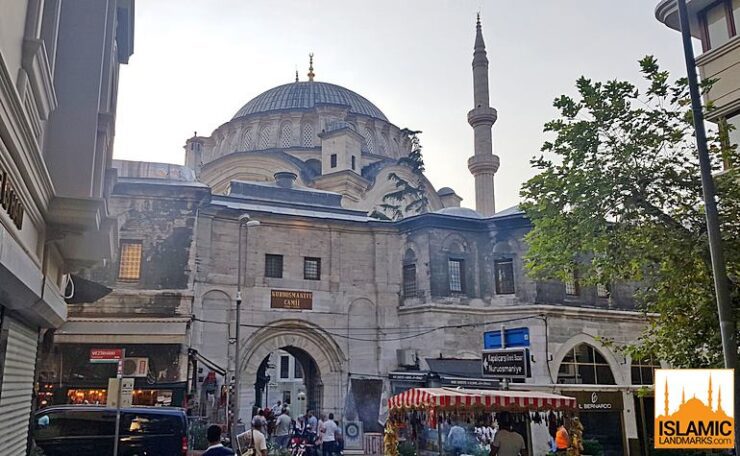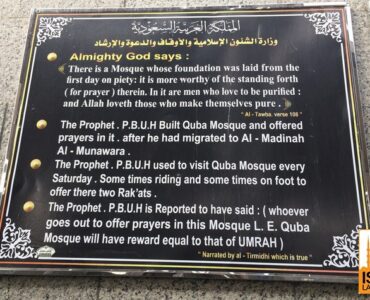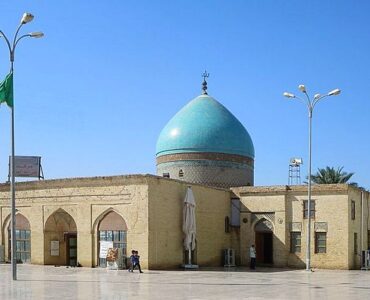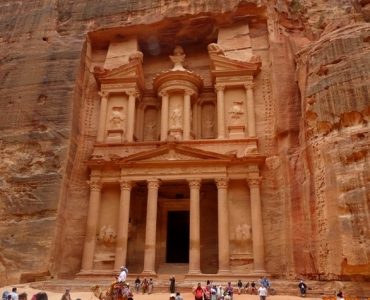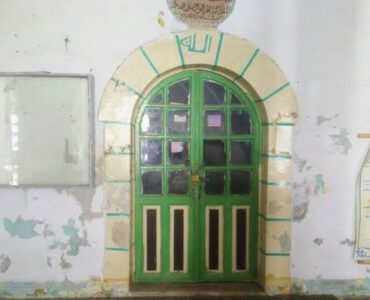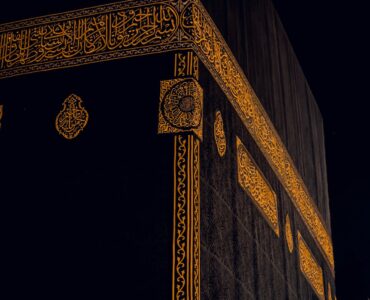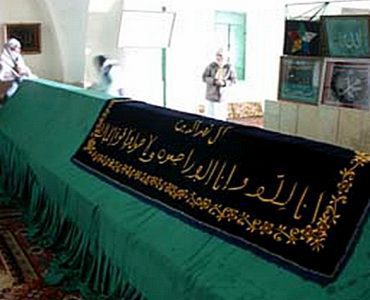The Nuruosmaniye Mosque (Turkish: Nuruosmaniye Camii) is an 18th century Ottoman mosque located near the entrance of the Grand Bazaar in Istanbul. It is regarded as one of the finest examples of an Ottoman Baroque style mosque.
History
- Historical records mention that there was previously a small mosque on the grounds. The area was purchased and existing buildings knocked down for the new complex. The architects were Mustafa Ağa and a non-Muslim Greek master called Simeon Kalfa.
- Construction of the Nuruosmaniye Mosque was commissioned by Mahmud I in 1749. However, his sudden death meant that his brother Osman III would take on the task of completing the complex. The opening ceremony was in December 1755, seven years after the beginning of the project.
- It was named Nuruosmaniye Mosque, meaning ‘The light of Osman’, after Osman III, but also because of its many windows which lets a lot of light inside the mosque’s hall.
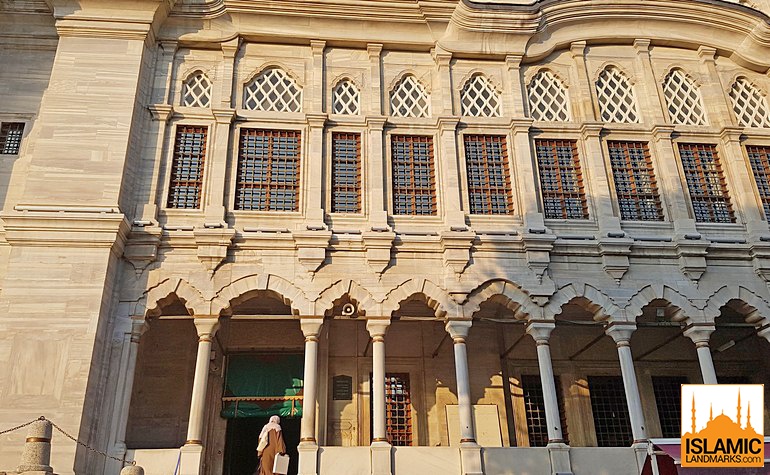

Exterior
- The mosque was built on a slope and there is a vast empty area under the courtyard, probably intended as a market but was never used.
- The Courtyard of the mosque is in an innovative shape of horseshoe which was not seen in traditional Turkish mosques. It does not contain a fountain inside and the ablution areas are on the outer wall of the building. These imply that the courtyard had a more decorative purpose than practical.
- The madressa and kitchen/dining hall lie in the outer courtyard, the Baroque style seen with less emphasis here. The school follows a square plan with 12 student rooms and a lecture room. The trust deed of the madressa included a condition to teach calligraphy. This duty was performed by some famous calligraphers in a special room reserved for this use.
- Between the library and the Royal Pavilion there is a square shaped tomb covered with a dome. It was mainly built as a grave for Shehsuvar Sultan, mother of Osman III. With time there were also other members of the royal family buried here. The complex also houses a large manuscript library.
Interior
- The mihrab (prayer niche) is a cavity in the marble wall. On top of the mihrab is a verse of the Quran talking about the Prophet Zakariyyah (عليه السلام), and Maryam (Mary), the mother of Prophet Isa (عليه السلام): “Whenever Zakariyyah went in to see her in her sanctuary, he found her supplied with provisions.“. [3:37]
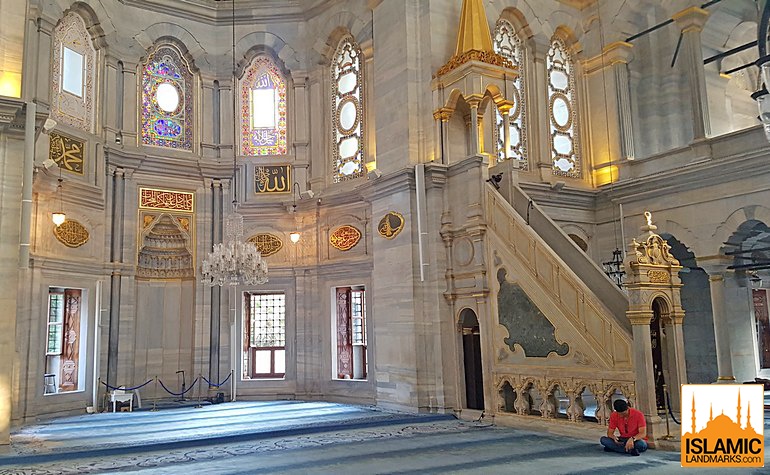

- The dome has a diameter of 26 metres and is surrounded by 32 windows. On the dome the verse from the Quran says:
“Allah is the light of the heavens and the earth. The example of His light is like a niche within which is a lamp, the lamp is within glass, the glass as if it were a pearly [white] star lit from [the oil of] a blessed olive tree, neither of the east nor of the west, whose oil would almost glow even if untouched by fire. Light upon light. Allah guide to His light whom he wills. Allah presents examples of the people, and Allah is knowing of all things.” [35:24] - The Ottoman Baroque style is quite evident in the interior decoration.
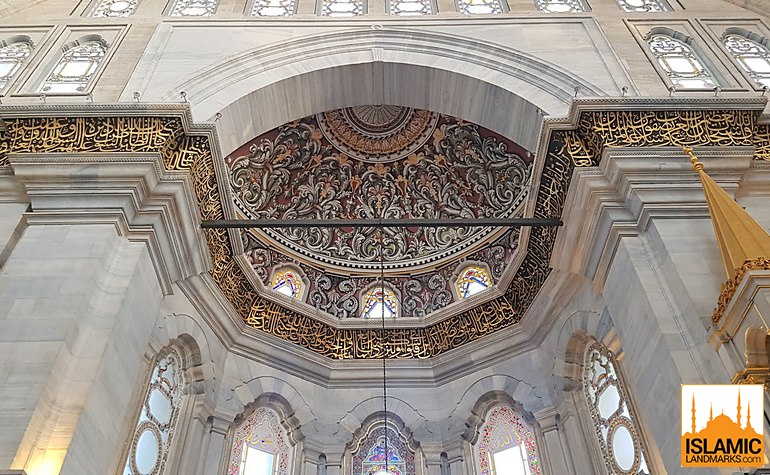

References: The rough guide to Istanbul, Wikipedia, Nuruosmaniye mosque publications

